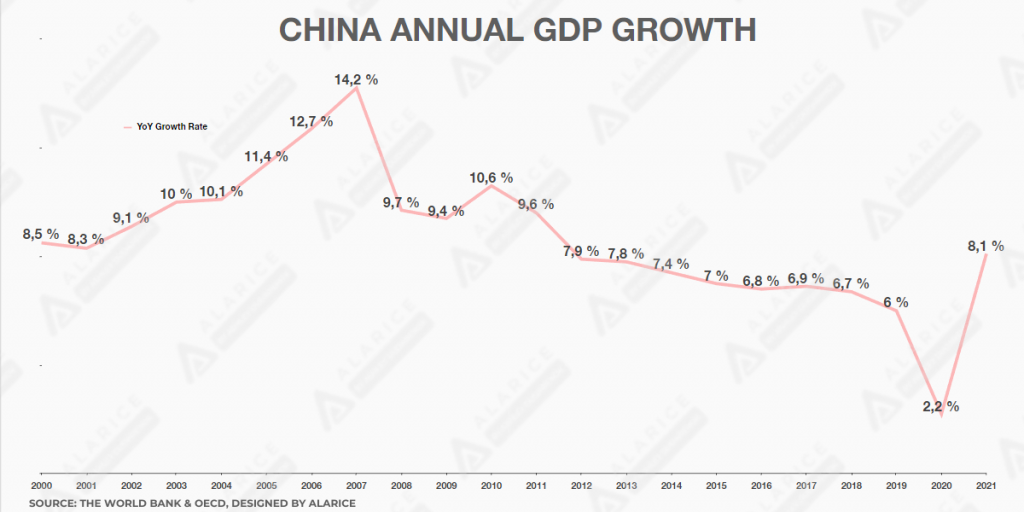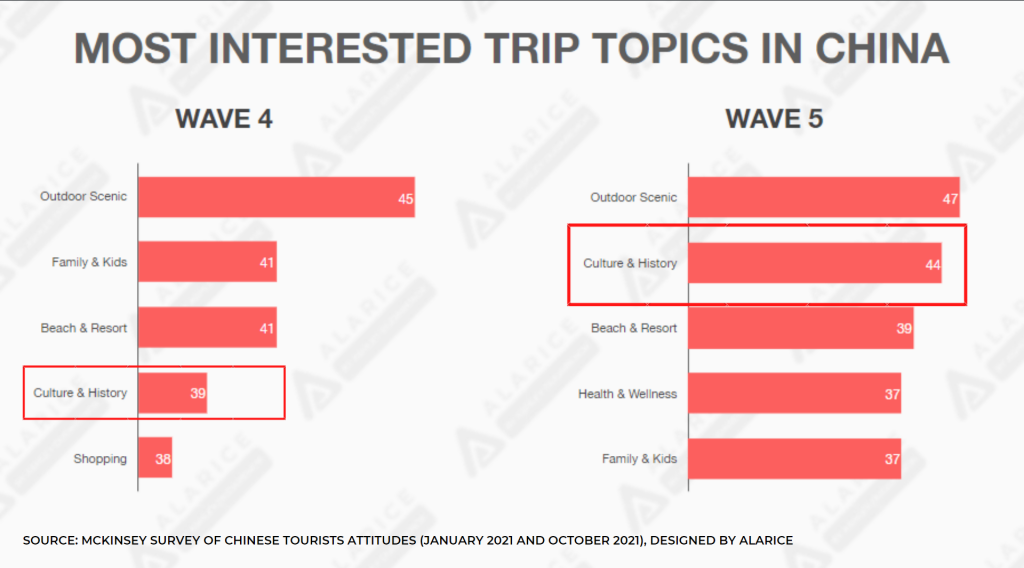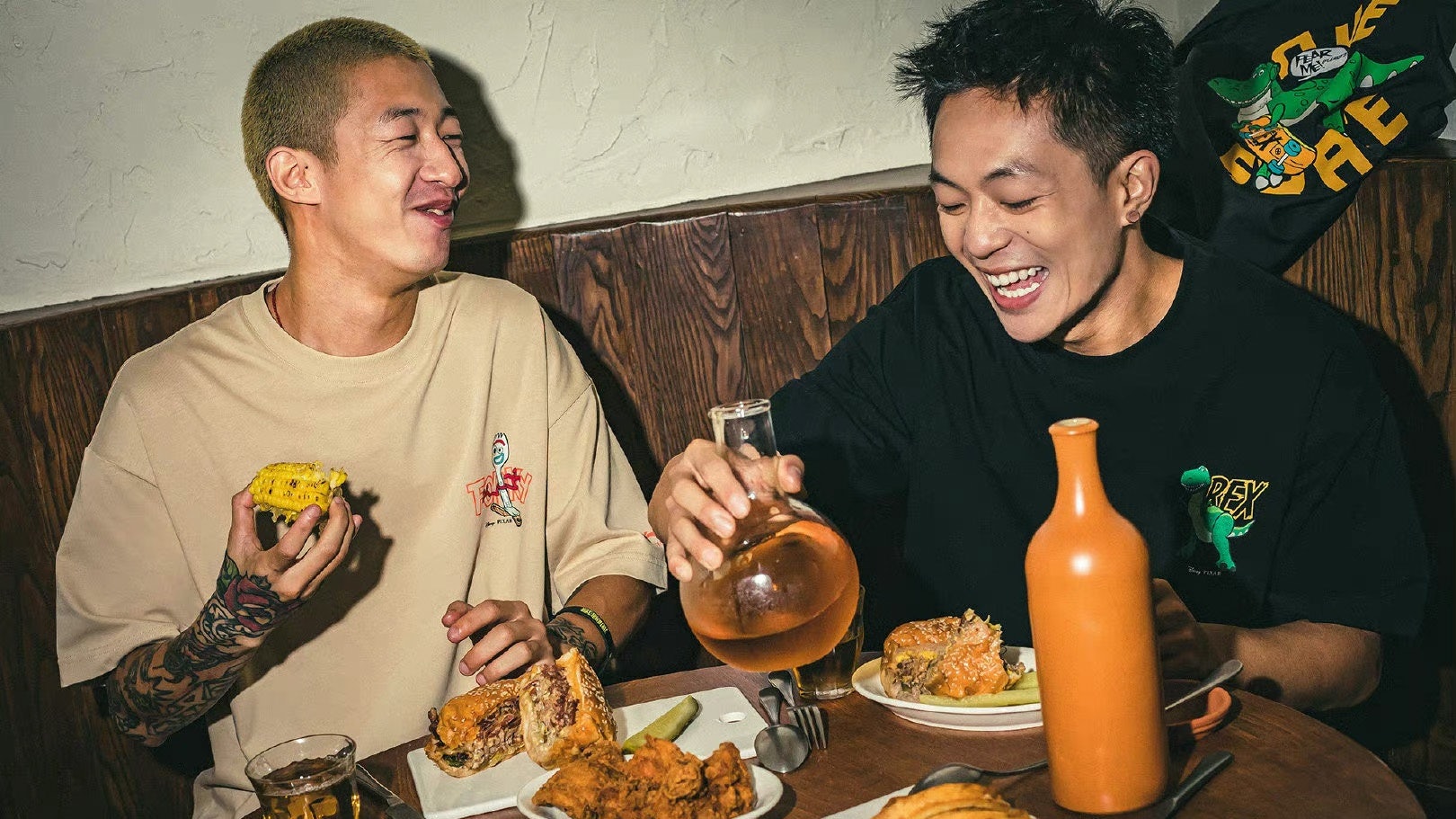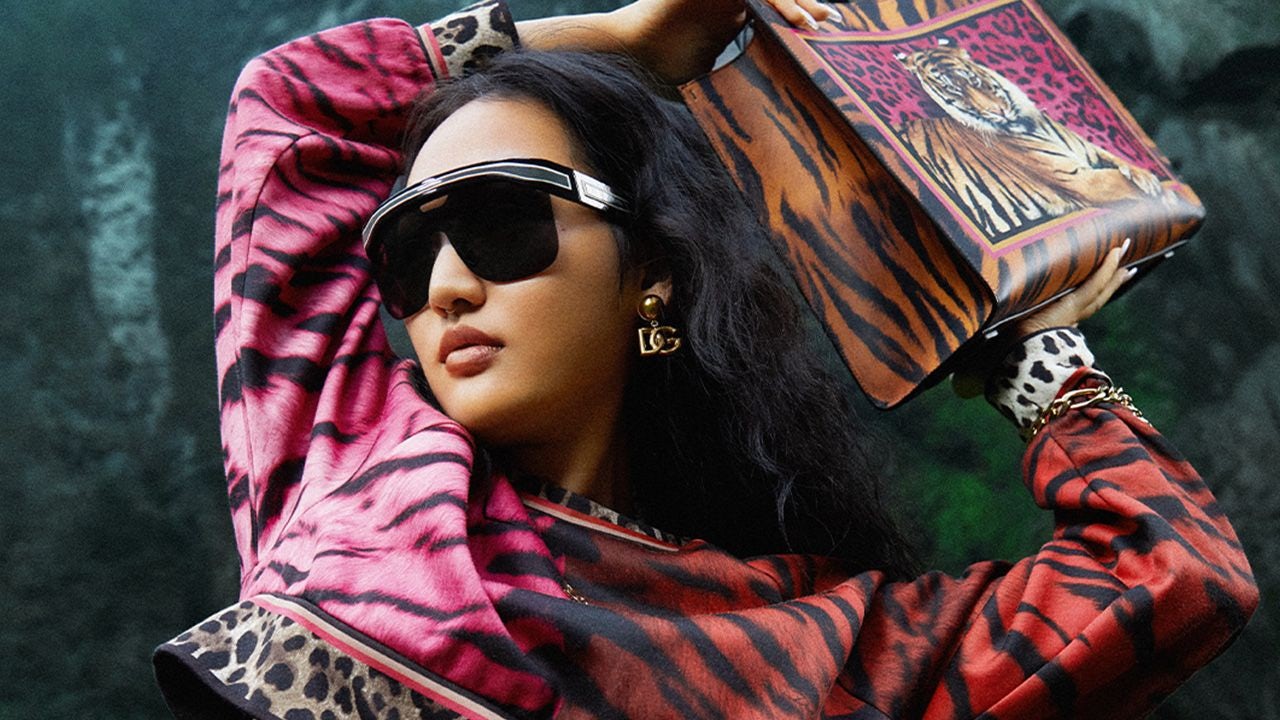Guochao, national pride, or even China-chic. Different names for the same movement showing greater national confidence in China,
particularly among young people. And it’s had quite an effect on companies and their marketing efforts in China. Many aspects of marketing from fashion shows and photo shoots to pop-up stores and interactive experiences now reflect its influence.
Some would say the movement came into its own with Chinese brand Li-Ning’s New York Fashion Week debut in 2018, when a company formerly seen as a maker of knock-off sports shoes made a splash with its uniquely Chinese take on athleisure. Since then it’s only grown in scope and visibility across the country.
This begs the question: are consumers getting tired of it? Is it still relevant and an essential element for luxury brands? Let’s take a look.
The national pride trend, from government down#
The Chinese government launched its “Made in China 2025” initiative in 2015, but plans for the policy were in development long before that. Although the program focuses on promoting China’s high tech sectors on the international stage, the thinking behind it has been evident at all levels of Chinese society including education, entertainment, fashion, retail, and manufacturing. After the country’s steady economic growth from 2000 to 2010, its GDP metrics started falling from 2007 to 2010. This, along with the knowledge that the country needed to shift from its manufacturing-led model to one based more on consumption, were key reasons behind this policy.

Along with that, the young people of China have been raised with an awareness of some elements of western culture, but locked off from others. This semi-insularity has contributed to a strong sense of national awareness that has been compounded by the following two other factors. Firstly, obstacles to outbound travel related to COVID policies mean that Chinese people have been seeing more of their own country and local areas, when they’re able to travel domestically. This has reawakened their love for locations within China as well as history and traditions.

Next, there has also been retaliatory animosity toward certain western companies resulting from geopolitical and cultural sensitivities. This means that local consumers are ever more willing to support Chinese companies whenever possible.
Uncovering the luxury impact#
There have been a series of controversies over the past decade surrounding luxury brands and their failures in localizing their marketing for China or not understanding various sensitivities — whether cultural or political. The scale, frequency, and severity of these have increased since 2016.
The most serious example, the Xinjiang cotton controversy, had the largest repercussions on Hamp;M. While Hamp;M itself isn’t a luxury brand, it’s known for its regular stream of products and collections co-branded with elite brands, designers or artists. Nike, Adidas, Burberry and others were also caught up in the dispute. Chinese shoe brands Anta and Li-Ning benefitted as a result and the issue further buoyed national fervour.
Names that have faced repercussions and derision related to national pride issues and sensitivities include Dior, Chanel, Prada, Dolce and Gabbana, Nike, Adidas, Burberry, Louis Vuitton, Armani and more. Some attempts to apologize and reset their image have even come under fire.
On rare occasions, attempts to stir up outrage on social media under the banner of national pride have failed miserably — and not just for global names. When the founder of a Shanghai-based cosmetics company tried to rally people against Chanel for its use of camellia, the label faced a backlash. Meanwhile, complaints online were widespread when prices for coveted Li-Ning and Anta shoes skyrocketed on the second-hand market, with Li-Ning’s Way of Wade 4 All-Star Colorway surging to 7,300 on a resale app.
The final analysis#
Despite these misfires, brands are getting better at navigating the marketing waters in China, listening more to local staff, and delving into the real lives of their customers. The huge popularity of some of the campaigns further shows the continuing importance of guochao as a trend.
So is it past its prime or just getting started? A bit of both and neither. The craze will continue and be a fundamental pillar of mainland marketing going forward. Therefore, given the importance of China to the luxury market now and in the next few years, it’s something luxury needs to understand and get right through a more embedded, subtle approach. The fact that even local brands are called out by netizens for getting it wrong shows the challenge.

